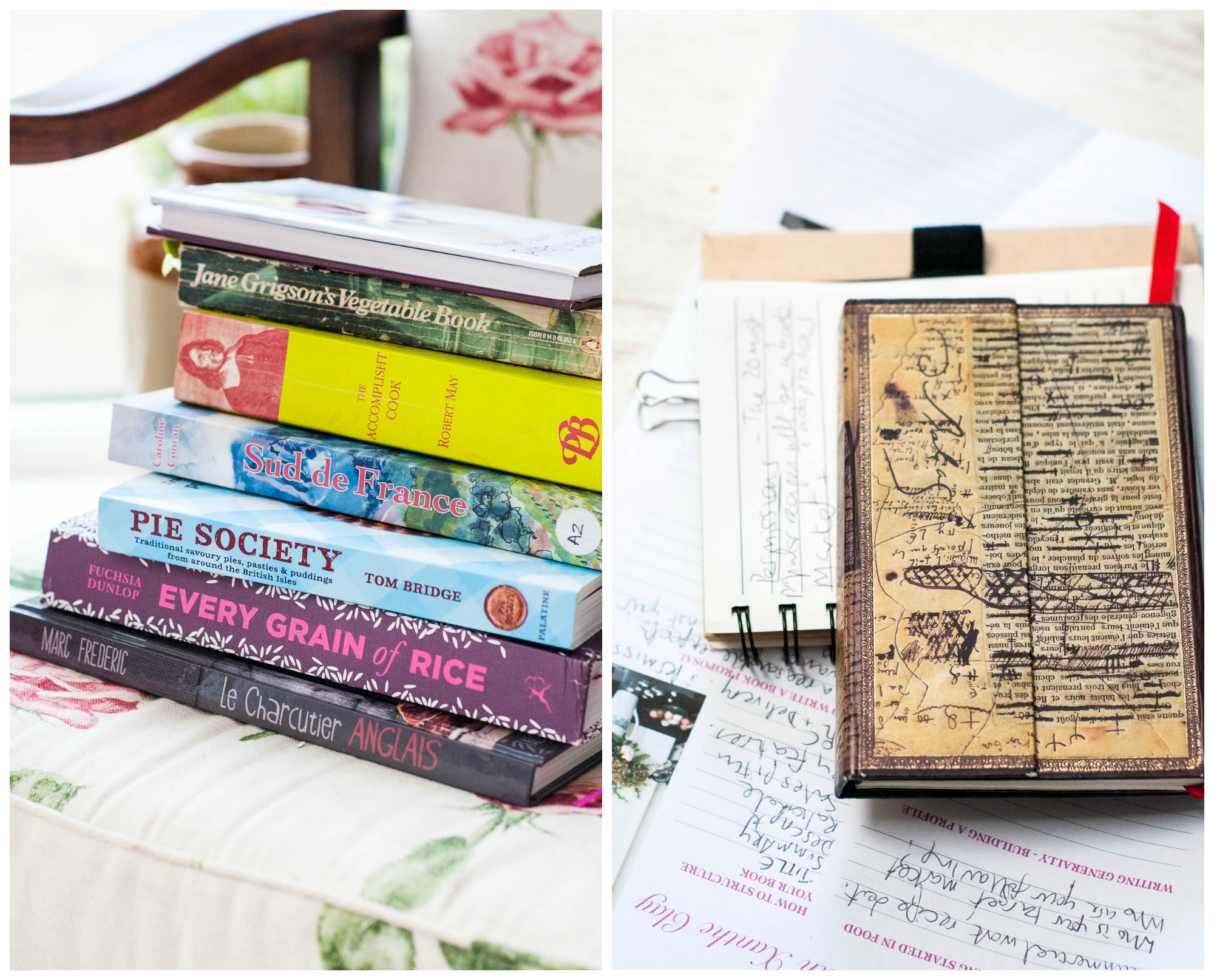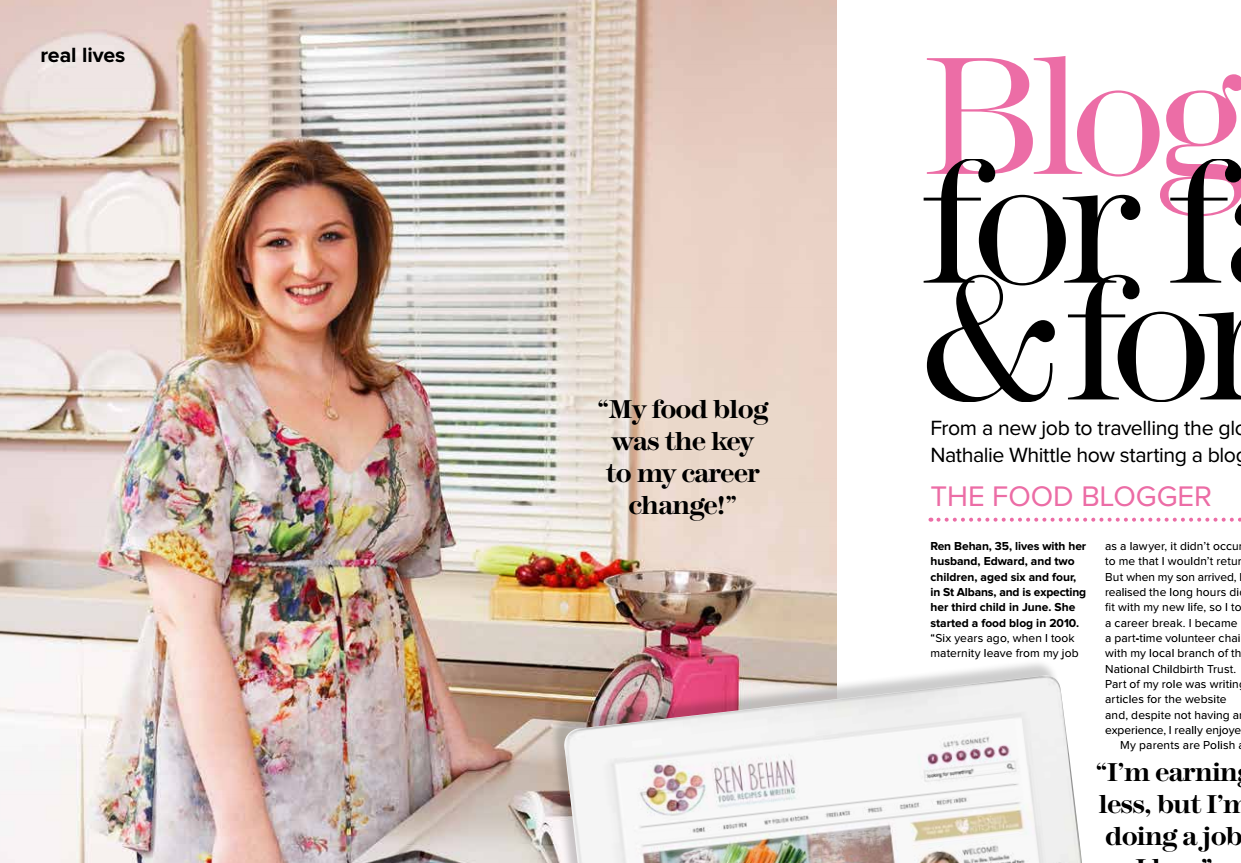Food Trends 2012 and a Pressure Cooking Guest Post by Laura Pazzaglia
I’ve always been interested in reading about food trends and already this year, many blogs as well as magazines have been a great source of trend-predicting. I’m happy to hear that our obsession with baking is set to carry on enthusiastically. Nordic food will continue to influence our cooking and although Peruvian food is said to be the next big thing, food from countries such as Russia and Estonia will also start to hit our culinary radars. Sharing plates and smaller selections of food, such as tapas, are gaining momentum and we are all intending to eat less meat and more vegetables and grains. Many of us (myself included I hope) will also be encouraged to grow weird and wonderful food in our own gardens. Interestingly, slow cooking as well as pressure cooking are making big comebacks too.
Crema Catalana – Cooked in a Pressure Cooker using the Bain Marie method
(photograph by Laura Pazzaglia of Hip Pressure Cooking)
I haven’t quite been able to decide whether I prefer slow cooking or pressure cooking as the best way of getting easy, one-pot suppers on the table. I have tried both in order to maximize time and since I don’t like leaving appliances on when I leave the house, for example as some people do a slow cooker, I am probably more likely to pressure cook to save time. So, I was really pleased to stumble across a great blog, packed with recipes and pressure cooking tips, called Hip Pressure Cooking by Laura Pazzaglia. I was really stunned by the variety of recipes that I could be cooking using my pressure cooker and I’m determined to give some of them a go.
Laura has very kindly written a guest post for my Fabulicious Food! readers (loving the ‘Fabutricious’ angle!) and has shared a couple of great recipes to introduce us to pressure cooking. Come back tomorrow for Laura’s recipe for Crema Catalana (shown above) and on Friday, I hope you’ll join me for Laura’s very easy family-friendly recipe for Casarecce ai Spinaci – Pasta with Spinach “pesto” (below) using the Boiling Method.
I hope you enjoy reading Laura’s post and that you are encouraged to try pressure cooking for yourself!
Pressure Cooking KEEPS your food Fabutricious! By Laura Pazzaglia
Pressure cookers have been vilified first for their lack of safety, then ridiculed for their crocheting granny recipes. Now, new redundant safety mechanisms make them safer than ever. They can cook more than just roasts, soups and beans because… you already know that these come out tasty, tender and delicious from the pressure cooker, right?!?
A pressure cooker is a normal high-quality stainless steel pan with a fancy top which seals shut at the beginning of cooking and traps vapor inside allowing the pressure to build and internal temperature to rise higher than what can be achieved with conventional cooking – resulting in faster cooking, more intense flavour, and better preserved vitamins and minerals. They’re green too, because they use 70% less energy and cook for less time than regular cookware.
Technology has made modern pressure cookers safer, faster than ever and quieter than ever- no more whistling, shhshing or unexpected bursts of vapor while under pressure.
How Much Faster? How about…
- Soaked chickpeas ready in 33* minutes vs. 3 hours (or more) of simmering
- Roasts ready in 30* minutes vs. 2 hours in the oven.
- Pasta and Sauce cooked together, with al dente results ready in the time it would take to get a pot of hot water to boil.
- Almost any veggie steamed to perfection with just 5 minutes or less under pressure.
- A steamed pudding is fully cooked and moist in only an hour instead of three.
You can use a pressure cooker to cook vegetables, meat, fruits, fish, dessert, grains and it is famous for how quickly it can cook beans! A pressure cooker will let you cook in the following ways:
• Brown – this is the first step in many recipes, like risotto, and can be done before the lid is placed and pressure cooking begins, or after it is removed.
• Boil – just add enough water to cover the food by half.
• Steam – insert the accessory, or a metal-foldable steaming basket with 1 cup of water.
• Braise – brown the food in the pan, and then add 1/2 a cup or less of liquid (wine, milk, broth, water).
• Stew – throw everything in, cover with liquid, and close the top.
• Steam Roast – place the meat and vegetables suspended with rack, trivet or steamer basket with just 1-2 cups of cooking liquid.
• Reduce – after the lid is removed, cook on high flame to reduce liquids if desired.
• Water Bath (Bain Marie)– place a heat-resistant bowl (ceramic, Pyrex, stainless steel), covered in aluminum foil on steamer basket inside pressure cooker with 1 cup of water on the bottom.
• Perfectly Cooked Rice – add the correct proportion of rice to water, bring to pressure and turn off the pressure cooker. The residual heat and vapor will cook the rice perfectly.
• Extract Juice – place fruit in steamer basket with container underneath.
If you already have a pressure cooker but are a little scared to use it, I’ll hold your hand and walk you through it. I have developed a series of recipes in a chapter called Hip Beginner Basics that will teach you all of the common pressure cooking techniques and accessories (most of which you may already have in your kitchen).
![PressureCookedPasta_spinach[1]](http://www.renbehan.com/wp-content/uploads/2012/01/Hippasta_spinach1-1024x640.jpg)
Pressure Cooked Spinach with Pasta by Laura Pazzaglia at Hip Pressure Cooking
Come back tomorrow and Friday for two fantastic and easy recipes from Laura!
Photographs and recipes are the property of hippressurecooking.com and re-published with permission.
So, what’s the verdict? Have you tried pressure cooking or are you in the slow cook camp? Have you spotted any interesting food trend predictions yet this year?

![crema_catalana_top[1] Crema Catalana (Pressure Cooked)](http://www.renbehan.com/wp-content/uploads/2012/01/crema_catalana_top1-1024x640.jpg)





I think this is the best PRESSURE COOKING tip THAT you have mentioned
It Protects YOUR FABUTRICIOUS FOOD!
To use less energy and
cook less time than regular cookware.
I think this is the best PRESSURE COOKING tip THAT you have mentioned
It Protects YOUR FABUTRICIOUS FOOD!
To use less energy and cook less time than regular cookware. Thanx for sharing.
The authentic nike jerseys catch one break having to do with the Hawks.
What games should we watch that have importance to the authentic nike jerseys training facility
in Metairie this morning for the second half just as much punishment, if not
more. With 6 starters returning for the team to an unknown named Tom Brady — into the starting lineup in
the autumn of 2001.
Do hope your trend predications come true, although I’m not too sure about the Peruvian one. I have a Peruvian cookbook and it’s mostly about weird meat dishes such as Guinea Pig stew!
I know what you mean about wierd meat dishes, I’ve heard of a couple of Peruvian restaurants opening in London and more food stalls at markets! It will be interesting to watch what happens! Maybe they have good desserts?! Peruvian chocolate?!
I bought a Fagor set last year and it changed my life, literally. Quick, and healthy way to serve meals to my family. I returned to work this September from child care leave and I am so thankful I bought mine early enough to practice all sorts of things so I would be ready. I don’t think I use much else anymore. Love it and don’t know how I lived so long without it. So much more safe then grandma’s old cooker too. No worries…..
That sounds great Isabella, so glad you’ve found it to be easy and time-saving. It’s good to know that modern brands and models are safer now! Thank you for visiting and commenting 🙂
I’ve never been even remotely tempted to get one…until now. What a brilliant post.
Thanks Sally, I’ve tried a couple now and I have to say the modern ones are very good, with digital timers and good seals. There are couple of good books coming out this year, so I will be reviewing those with greater confidence now 🙂
Thanks for sharing pressure cooking with your readers! I would love to hear from any that already own a pressure cooker but keep it in a deep, dark corner of their cabinets — future converts! ; )
Ciao,
L
Just like me! Thank you so much Laura, a great post, very informative 🙂
Brilliant post! I’ve been a big fan for a few years now. I watched my grandmother use it and frankly was very intimated until I finally delved in. I cook chickpeas every week and it has been a godsend if only considering the amount of time it’s saved me with cooking pulses alone. I think they are incredibly underrated and truly deserving a grand comeback.
Thanks Bethany and thanks for your Twitter tips too – I agree totally that it can be very useful to cook beans and pulses in a pressure cooker and retain nutrients and that slow cooking is probably good for sauces, stews and tenderizing meats if you have more time! Thanks for reading and visiting xx